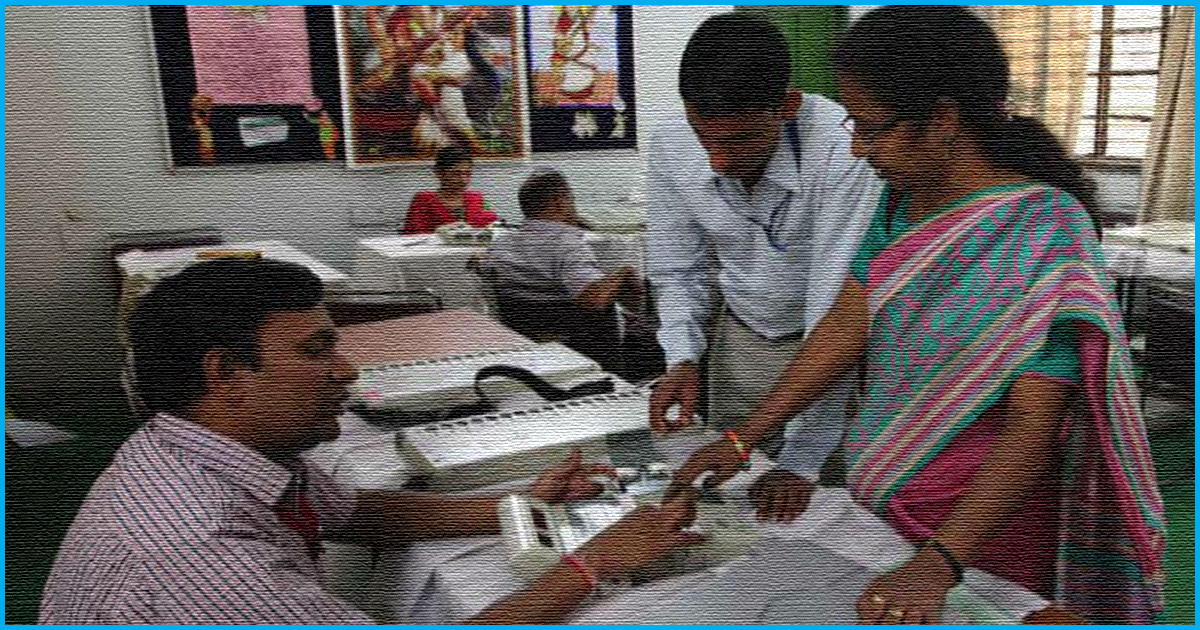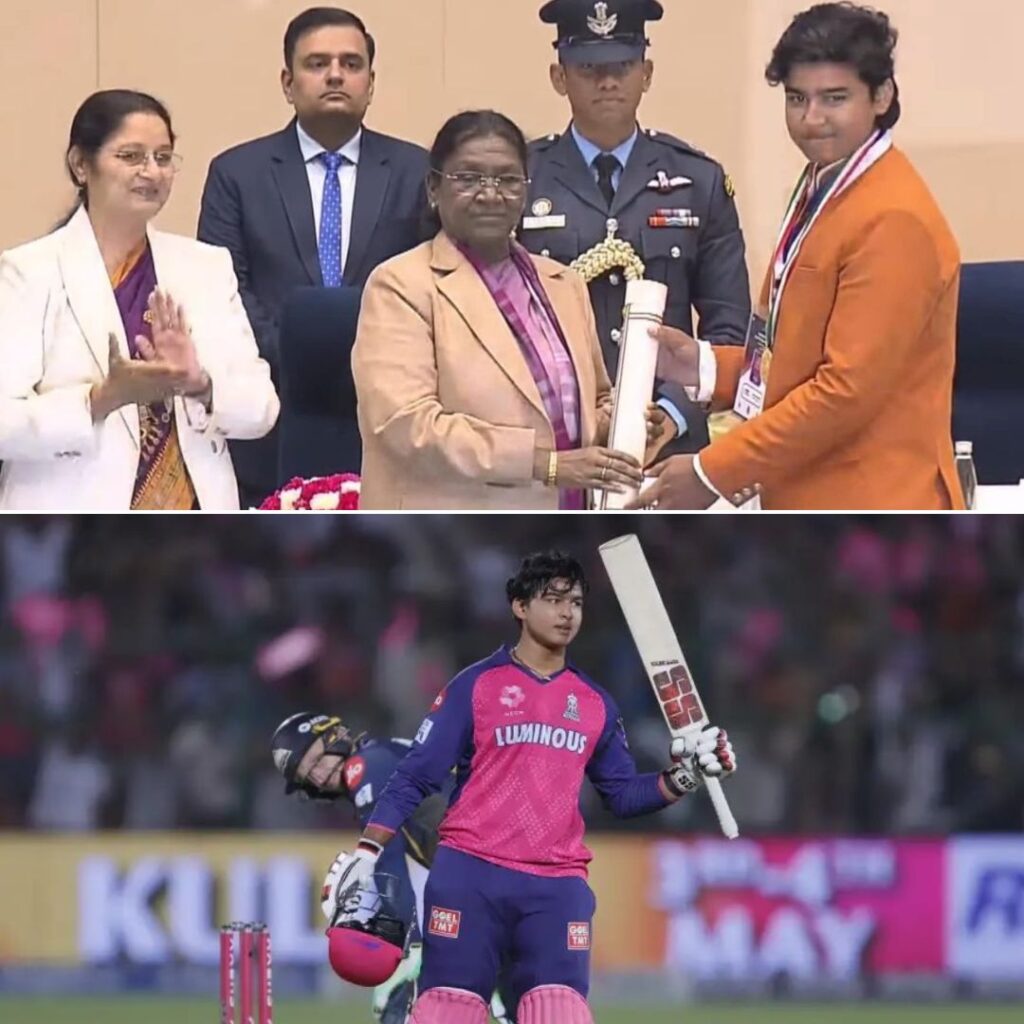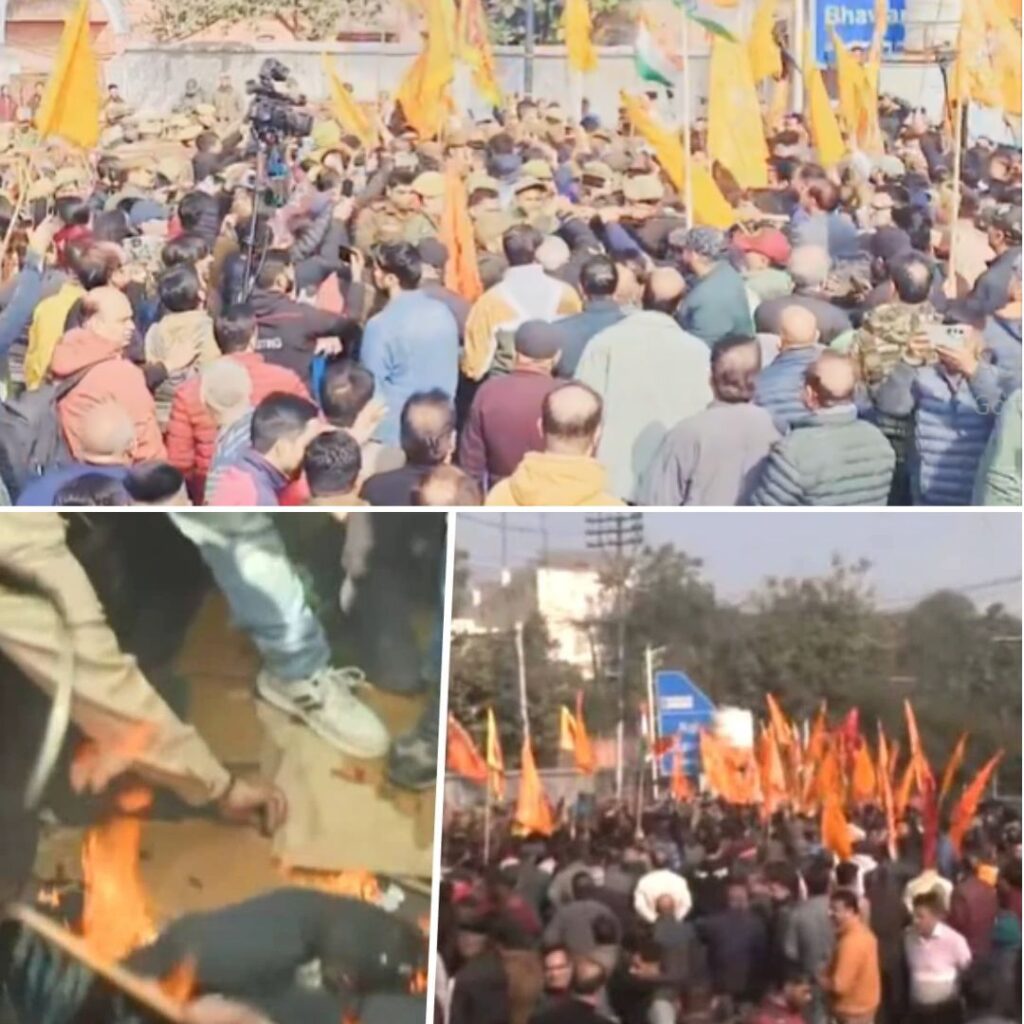The Law Commission of India in its draft report on ‘Simultaneous Elections’ has cited reduction in election expenditure as one of the major reasons for supporting simultaneous elections. This view is also supported by those who are in favour of simultaneous elections. But what kind of expenditure do the conduct of elections entail? Here is a guide.
Who bears Election expenditure?
As per the guidelines of the Ministry of Law & Justice issued in October 1979, the entire expenditure on the actual conduct of elections to Lok Sabha is borne by the Government of India. In the case of elections to the State Assembly when they are held independently, the expenditure is borne by the respective State Government. If the elections to the Lok Sabha & State Assembly are held simultaneously, then the expenditure is shared equally between the Government of India & the State Government. The Election Commission of India (ECI) bears expenditure on honorarium to the observers deployed during elections. It has to be noted that this is applicable only on the expenses incurred on the actual conduct of elections.
What all are covered under Election expenditure?
As per the guidelines, the following items are treated as expenditure incurred for the actual conduct of elections.
- Setting up of the polling stations and making necessary arrangements at polling booths & counting centres
- Payment of TA/DA etc., to polling personnel and counting staff
- Making transport arrangements for carrying polling and counting staff to the polling and counting centres and for the movement of election material and ballot boxes
- Making temporary telephone facilities and electrical fittings, etc. to the polling booths and counting centres
- Purchase of election material like indelible ink, ammonia paper, etc., which are exclusively utilized for that particular election
- Miscellaneous expenditure for the purpose of smooth conduct of polling and counting

Expenditure is also incurred on other items which are not treated as expenditure for the actual conduct of elections. Expenditure on these items has to be borne equally by the state & central governments. These include things like expenditure on regular election establishment and preparation & revision of electoral rolls.
Certain kinds of expenditure are not allowed as per the rules and the central government does not share expenditure on these items. Things like the construction of buildings, garages etc., purchase of cars & other items without the approval of central government and capital expenditure of any kind are now allowed.
How much did the various Lok Sabha elections cost?
The ECI has compiled provisional expenditure figures of the various Lok Sabha elections till data. The total expenditure was equal to or less than Rs 10 crore for each of first three general elections. The expenditure was less than Rs 100 crore until the 8th general election in 1984-85. The expenditure crossed Rs 500 crore for the first time during the 11th general election in 1996 and it crossed Rs 1000 crore during the 14th general election in 2004. The expenditure for the last general election in 2014 (Rs 3870 crore)was three times more than the expenditure incurred for the 15th general election in 2009.

The average expenditure per voter was less than one rupee till the 6th general election in 1977. The average expenditure per voter crossed Rs 10 for the first time during the 11th general election in 1996. The average expenditure per voter was around Rs 15 during each of the general elections in 1999, 2004 & 2009. Average expenditure per voter was the highest ever, more than Rs 45, during the 16th general elections in 2014.

Published with the permission from Factly











